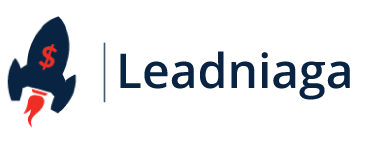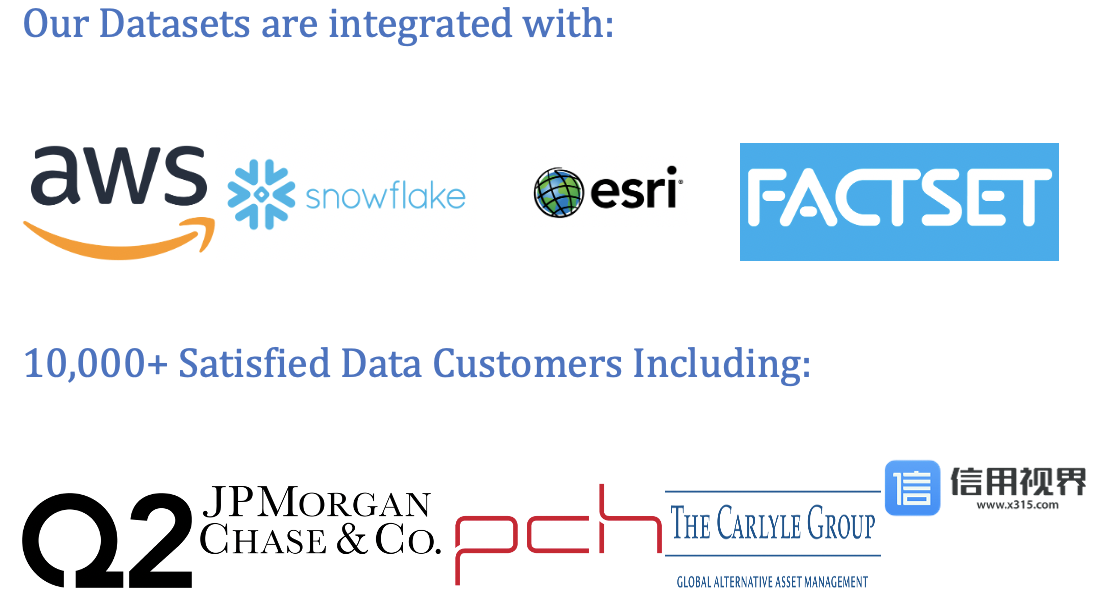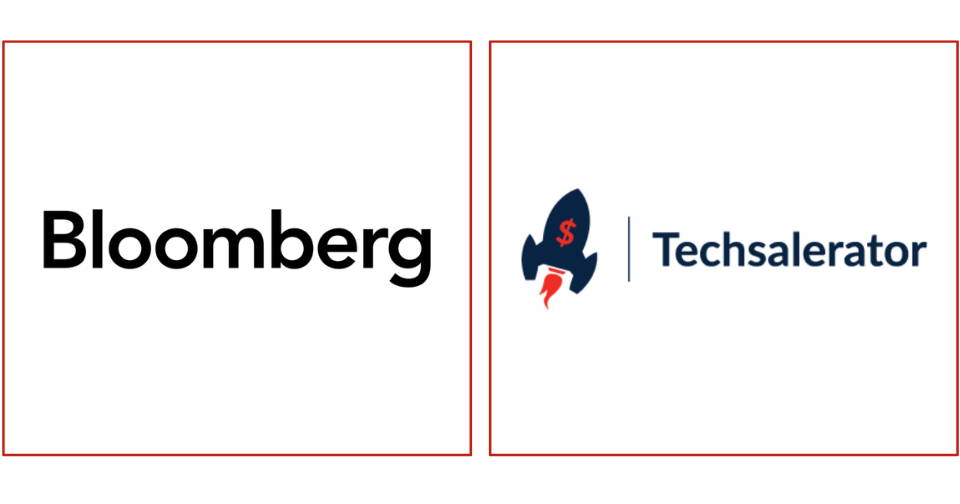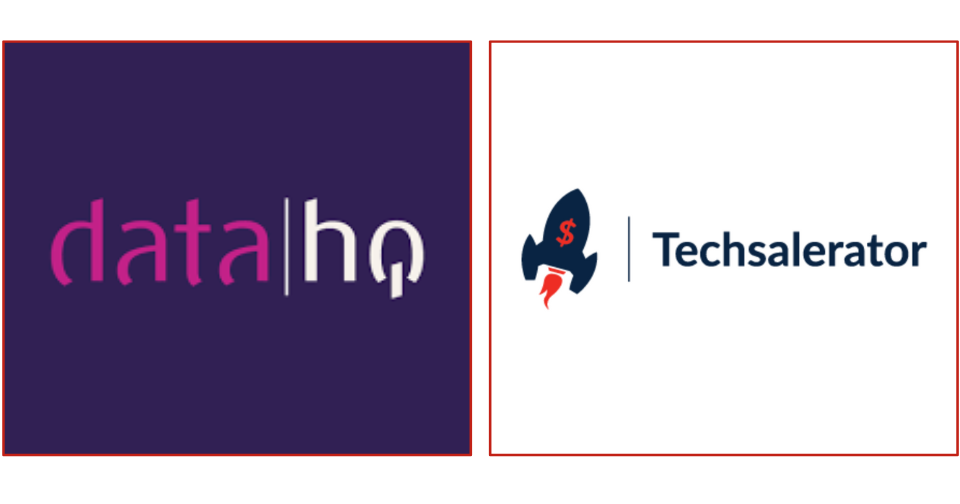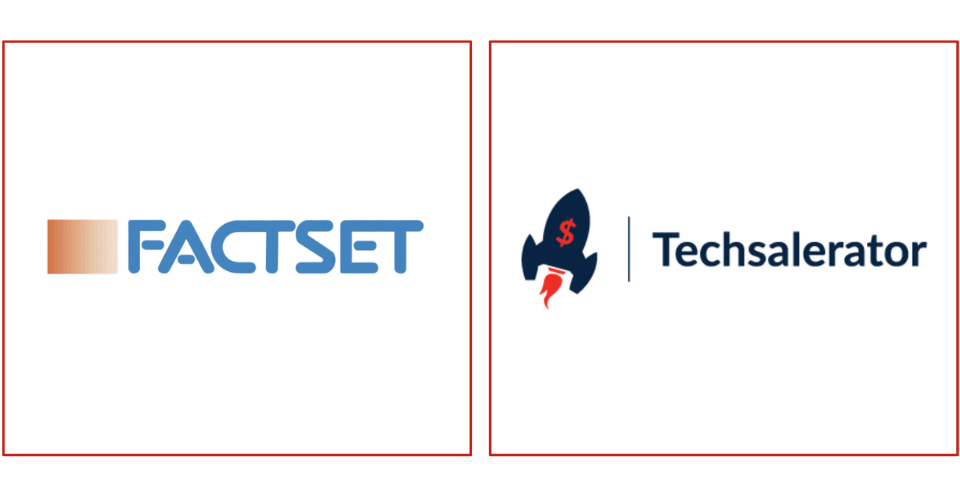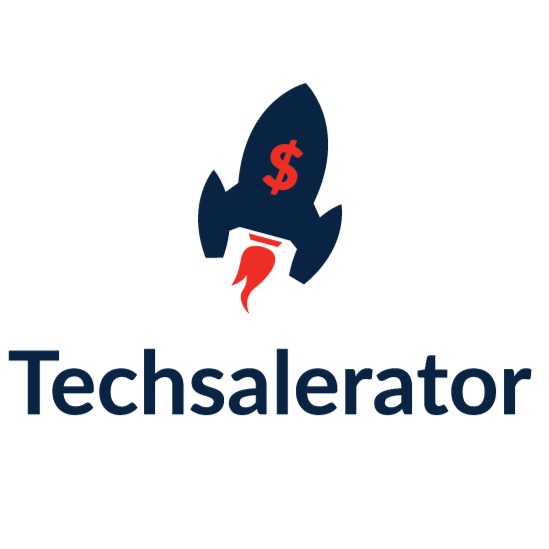
Top Workforce Demographic Data Providers
Understanding Workforce Demographic Data
Workforce demographic data is collected through various HR systems, employee surveys, census data, and other sources within an organization. It helps HR departments, business leaders, and policymakers analyze the composition of the workforce and identify trends, disparities, and opportunities for improvement. By examining workforce demographic data, organizations can assess their current workforce makeup, monitor changes over time, and develop strategies to foster an inclusive and equitable work environment.
Components of Workforce Demographic Data
Key components of workforce demographic data include:
- Age Distribution: Information about the age distribution of employees within an organization or industry, including the proportion of employees in different age groups (e.g., millennials, Gen X, baby boomers).
- Gender Diversity: Data on the gender composition of the workforce, including the percentage of male, female, and non-binary employees, as well as gender representation across different job roles and levels of seniority.
- Ethnicity and Race: Statistics on the racial and ethnic diversity of the workforce, including the representation of various racial and ethnic groups, diversity initiatives, and efforts to promote equity and inclusion.
- Education and Qualifications: Details about employees' educational background, qualifications, degrees, and certifications, providing insights into the skills and expertise present within the workforce.
- Employment Status: Information about employees' employment status, including full-time, part-time, temporary, contract, and freelance workers, as well as workforce mobility and turnover rates.
Top Workforce Demographic Data Providers
- Leadniaga : Leadniaga offers comprehensive solutions for collecting, analyzing, and visualizing workforce demographic data, providing HR professionals and business leaders with actionable insights and customizable reports to support diversity and inclusion efforts, workforce planning, and talent management strategies.
- ADP Workforce Now: ADP Workforce Now provides HR and payroll solutions that include workforce analytics tools for tracking and analyzing workforce demographic data, enabling organizations to monitor key metrics, identify trends, and make data-driven decisions to optimize their workforce.
- SAP SuccessFactors: SAP SuccessFactors offers cloud-based HR software solutions with built-in workforce analytics capabilities for analyzing workforce demographic data, identifying workforce trends, and predicting future talent needs to support strategic workforce planning and decision-making.
- Workday Human Capital Management: Workday Human Capital Management provides HR and talent management solutions with embedded analytics for tracking and reporting on workforce demographic data, enabling organizations to measure diversity, equity, and inclusion metrics and drive organizational change.
- Oracle HCM Cloud: Oracle HCM Cloud offers a suite of HR applications with workforce analytics features for analyzing and visualizing workforce demographic data, enabling organizations to gain insights into workforce composition, diversity initiatives, and talent management strategies.
Importance of Workforce Demographic Data
Workforce demographic data is essential for various stakeholders in the following ways:
- Diversity and Inclusion: Workforce demographic data helps organizations measure diversity and inclusion metrics, identify gaps and disparities, and implement initiatives to foster a diverse and inclusive workplace culture.
- Talent Management: Workforce demographic data informs talent management strategies, recruitment efforts, succession planning, and employee development programs by providing insights into workforce demographics, skills gaps, and talent needs.
- Compliance and Reporting: Workforce demographic data is used to ensure compliance with labor laws, regulations, and reporting requirements related to equal employment opportunity, affirmative action, pay equity, and diversity reporting.
- Workforce Planning: Workforce demographic data supports strategic workforce planning initiatives by providing insights into workforce composition, retirement trends, succession pipelines, and talent availability to align organizational goals with workforce capabilities.
Applications of Workforce Demographic Data
Workforce demographic data is utilized in various applications and use cases, including:
- Recruitment and Hiring: Organizations use workforce demographic data to develop targeted recruitment strategies, attract diverse talent pools, and reduce bias in hiring processes to build a more inclusive workforce.
- Employee Engagement: Workforce demographic data helps organizations understand employee demographics, preferences, and needs to design employee engagement programs, benefits packages, and career development opportunities that meet diverse workforce requirements.
- Performance Management: Workforce demographic data informs performance management processes, goal-setting, and feedback mechanisms by providing insights into employee demographics, job roles, and performance metrics to drive continuous improvement and development.
- Succession Planning: Workforce demographic data supports succession planning efforts by identifying high-potential talent, assessing leadership pipelines, and developing talent development programs to fill critical roles and drive organizational growth.
Conclusion
In conclusion, workforce demographic data plays a crucial role in understanding the composition, diversity, and dynamics of the workforce within organizations and across industries. With Leadniaga and other leading providers offering access to comprehensive workforce demographic data and analytics solutions, organizations can leverage actionable insights to drive diversity and inclusion efforts, support talent management strategies, and make informed decisions to optimize their workforce and achieve business success. By harnessing the power of workforce demographic data effectively, organizations can build a more inclusive, equitable, and resilient workforce that drives innovation, fosters collaboration, and delivers sustainable results in today's evolving business landscape.
Our Datasets are integrated with :



10,000+ Satisfied Data Customers including :



